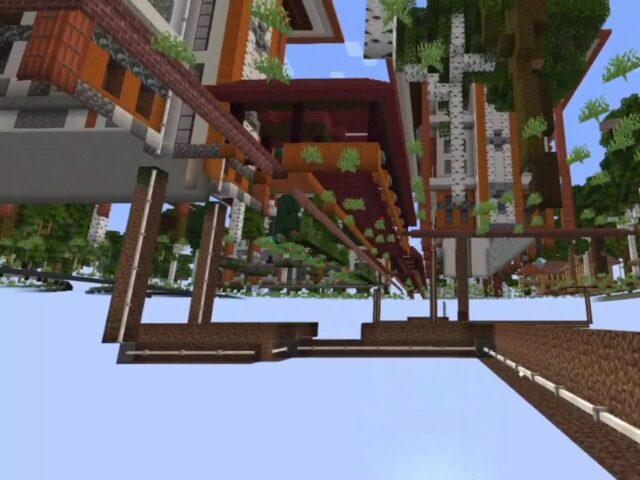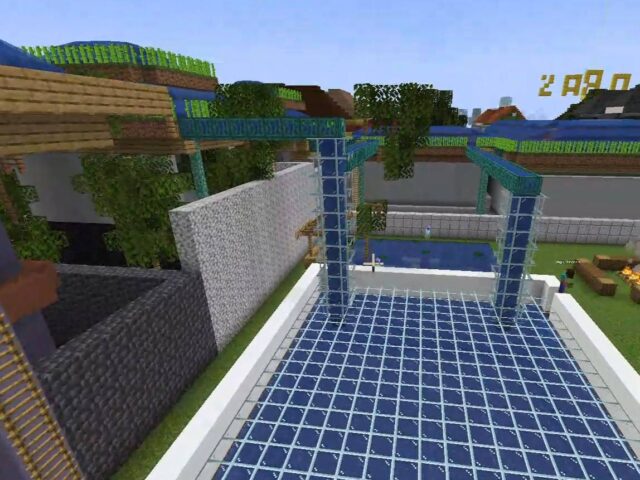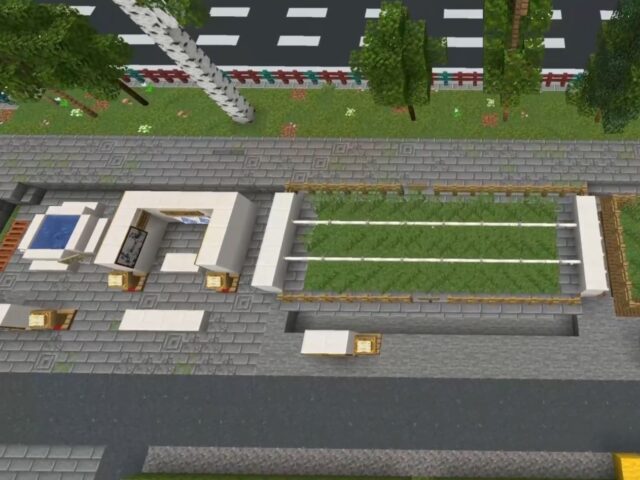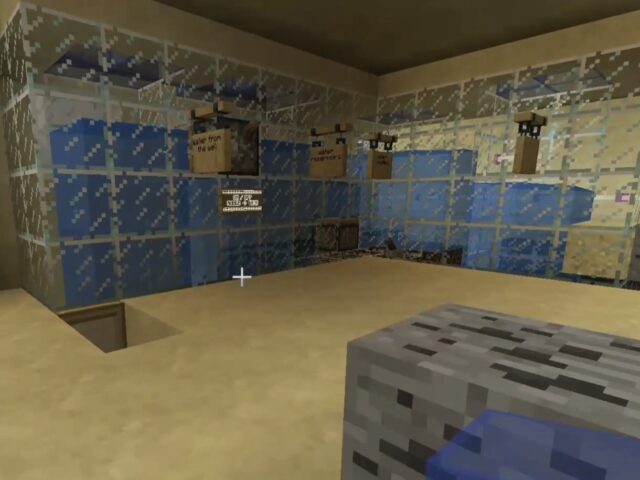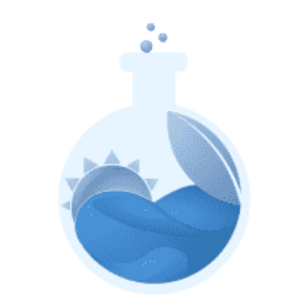According to data from Bali Water Protection (BWP), the Denpasar area in Bali, including Lapangan Puputan Renon, is already experiencing the impacts of seawater intrusion due to excessive groundwater use. It is estimated that by 2025, Bali will face a freshwater crisis as a result of this phenomenon. Consequently, we conducted a field study in one of the affected areas, Lapangan Puputan Renon, which is a renowned tourist spot known for the beauty of the Bajra Sandhi Monument.
Our findings revealed that approximately 60% of the community around the Lapangan Puputan Renon area relies on groundwater as their primary water source, while the remainder uses water from the local Municipal Waterworks (Perusahaan Daerah Air Minum or PDAM). Additionally, the soil conditions around Lapangan Puputan Renon, such as those near the governmental building, have good water absorption capabilities.
Therefore, we have developed a simulation model in Minecraft for water management based on French drainage, integrating it with a constructed wetland featuring a double-filter system in the governmental building area. This serves as a preventive solution for the impending water crisis while contributing to the creation of an environmentally friendly, green water management building.
We utilised a location near the governmental building with a sizable vacant area at the back that could be effectively employed for rainwater harvesting—approximately 25,000 square meters. We implemented French drainage as a system for channelling and capturing runoff water, characterised by perforations along the entire length of the pipes buried in the ground. However, French drainage can only function optimally in areas with a soil absorption capacity of over 50%. During installation, we ensured a moderate slope of approximately 5-10 degrees from the main tank to facilitate smooth water flow.
Initially, we selected key points strategically, connecting them to the main tank to absorb rainwater efficiently while minimising the use of raw materials. Consequently, we identified four main points situated roughly at the corners of the vacant land and directed them diagonally toward the main tank. Before entering the main tank, a water filter is in place to eliminate bacterial contamination and other components from the soil, ensuring that the water is suitable for use as clean water.
However, we discovered areas inadequately covered by the French drainage system. To address this, we integrated our drainage system with a simple constructed wetland equipped with a double filter. Placed in areas not covered by the French drainage, this additional system increases the water yield by approximately 10% from French drainage alone. Our constructed wetland is designed as a straightforward 10 x 10-meter pond with a depth of 1 meter. The pond consists of fine gravel, effectively serving as the first filter for runoff water, while reedbeds act as a natural filter before the water undergoes a second filtration process, removing contaminants such as bacteria and micro-bacteria.
After this process, we distribute the treated water to the governmental building area where it can be used for various purposes, including water flushing, sink usage, washing, ablution (wudhu), and even drinking after boiling to ensure it is 100% safe.
Minecraft video of our solution
With the previously outlined solutions, we can estimate various parameters. These include water efficiency, determining the amount of water truly absorbed from the environment and the constructed model; water flow rate, generated by the drainage system and constructed wetland we have modelled; filling time, indicating how long rain is needed for the water tank to be filled; and the efficiency fraction of runoff water to groundwater, assessing how much runoff water can replace groundwater usage.
According to data from several studies of agriculture, it is stated that, on average, grassland can absorb 60% of runoff water, while pervious gravel can achieve 90% absorption. Consequently, our model’s efficiency of runoff water from the environment is approximated at 75%. Subsequently, the average rainfall intensity in the Denpasar region is recorded at 2 mm, meaning that every 1 square meter of area submerged by rainwater will be flooded to a depth of 2 mm every hour. Thus, by approximating the area covered by the drainage system and wetland model, we obtain a water flow rate of 35 litres per second, but with 75% efficiency, this results in approximately 26 litres per second.
In connection with this, our tank model is estimated to hold 100,000 litres of water. By dividing this by the water flow rate from the drainage system, it takes approximately one hour to fill the tank. This implies that, with an average rainfall of 2 mm per hour, the water tank will be full in one hour. Therefore, considering the average clean water requirement per person is 100 litres per day, with 90 people and their operational needs in the government building area, an estimated 10,000 litres of water is needed daily. Consequently, the rainwater that falls in one hour can be utilised for daily activities by the community for ten days. This clearly has the potential to significantly reduce groundwater usage by 100,000 litres every hour of rainfall, contributing to a substantial annual decrease in groundwater usage while maintaining water availability and preventing seawater intrusion.
In the long term, this initiative has the potential to foster community engagement and environmental stewardship. Residents and businesses in the Denpasar region will become more aware of the importance of sustainable water management and the benefits of utilising rainwater runoff. This increased awareness can drive further innovations and partnerships, ultimately leading to a more water-conscious society.
Additionally, the reduction in groundwater pumping will positively impact the environment by preserving aquifers and ecosystems dependent on groundwater. As we continue to prioritise water conservation, we are investing in the long-term health of our natural resources.
In summary, our water management model represents a significant step towards a more sustainable, resilient, and water-secure future. With continued dedication and collaboration, we can pave the way for a world where clean water is accessible to all, where communities are proactive in conserving resources, and where our environment thrives in harmony with human activities. The future is brighter because of our commitment to sustainable water solutions.
Check our presentation slide below for further details:

Written by (in alphabetical order): Alivia Rahma Azzahra, Brain Riesto Simanjuntak, Javier Enrique Wong, Moch. Fajar MaulanaSidik

